American photographer Alec Soth’s latest exhibition, I Know How Furiously Your Heart Is Beating, is now showing at Foam in Amsterdam.
Since Steidl first published Sleeping by the Mississippi in 2004, Soth has made a global name for himself as one of America’s best contemporary photographers, known for his photography books. I Know How Furiously Your Heart Is Beating, published by London-based publisher MACK in 2019, is the first book he has released since Songbook, which came out in 2015. His exhibition at Foam is a bold manifestation of his photos from the book.
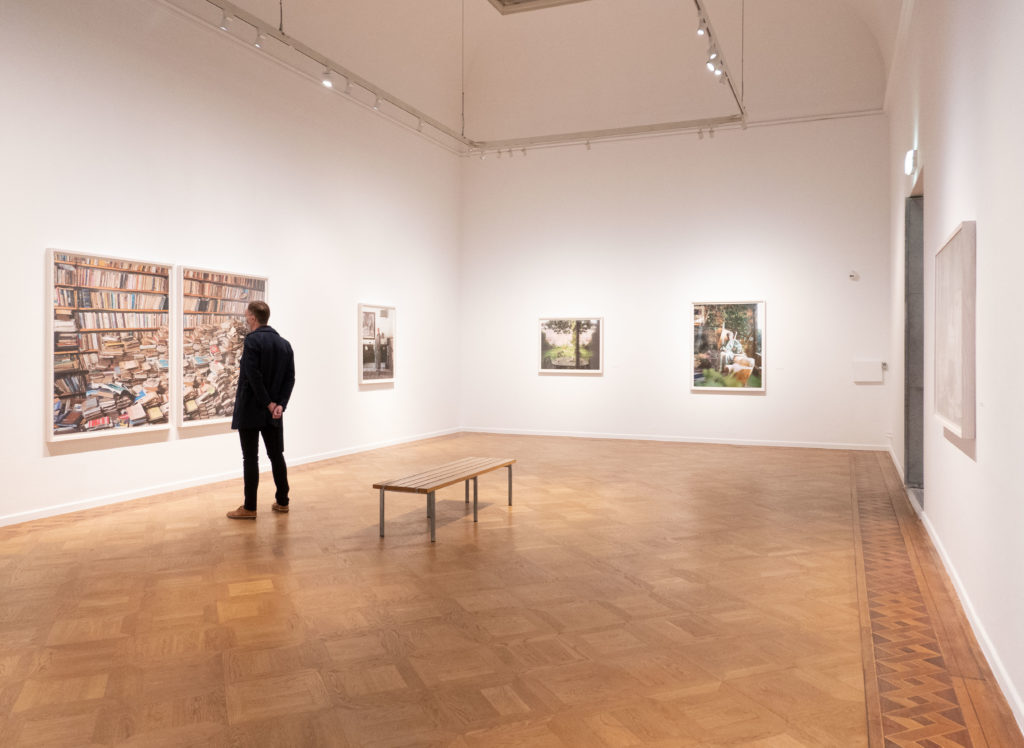
Pulling a 180: Soth’s departure from storytelling
Born and raised in Minneapolis, Minnesota, in 1969, Soth has taken countless photos on the road. His photography, until this point, centered on portraits of people he met while traveling and the sceneries he encountered; the viewer could get a traditional sense of wanderlust from his work.
Among his photo books, Sleeping by the Mississippi (2004) and NIAGARA (2006) are highly acclaimed. The fact that MACK recently republished these books back-to-back is still fresh in my memory, and one common characteristic I noticed is how both titles include names of places. Rather than acting as mere labels for Soth’s photographic locations, they act as symbols. The names of places signify the emergence of a geographic vision of America when the individual photos come together.
Soth understands that giving a good title to the work is a way to conceptualize the work and to give context to the photographs but also it can be a head-aching challenge. From his previous works, we can see the trajectory of Soth as a visual storyteller today.
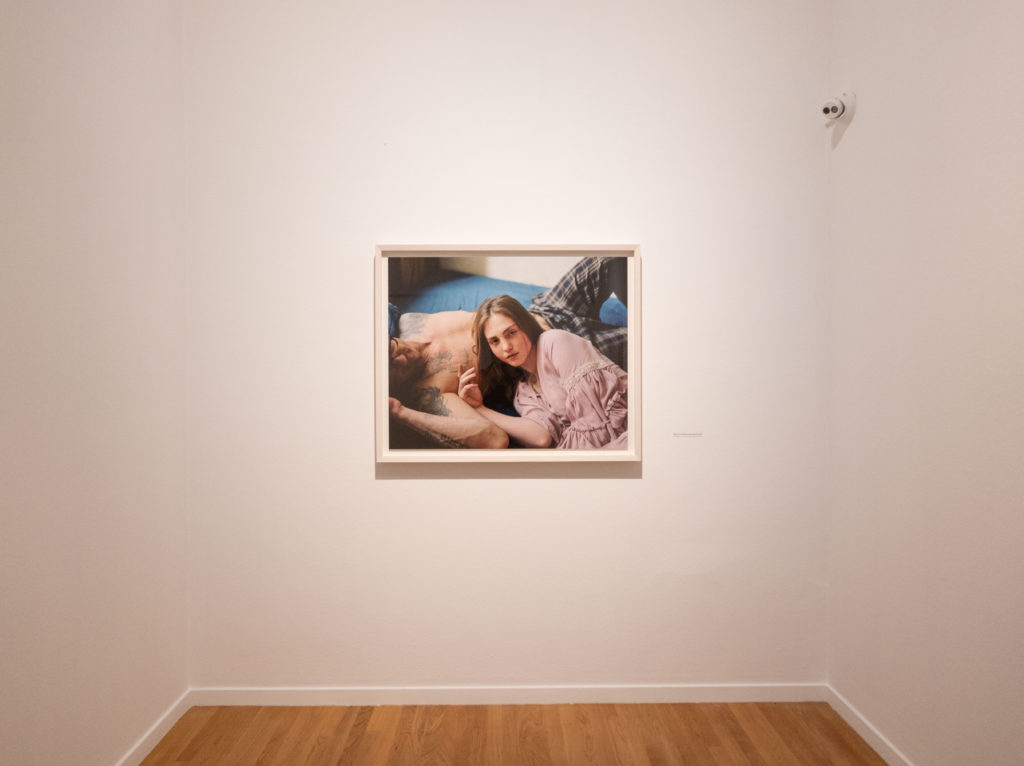
The late German photographer August Sander attempted to show different kinds of townspeople by categorizing their portraits according to their occupation in People of the 20th Century. Soth’s body of work has a similar sense of awareness of Sander’s vision. Sleeping by the Mississippi (2004) and NIAGARA (2006) portrays people in specific areas while Broken Manual (2010) and Songbook (2015) encompass the U.S. more broadly. It is not a stretch to say that he offered us insight into different people in 21st century America via these books.
Going into his newest exhibition, people might have expectations such as, “what sort of world is he showing us this time?” But this might spoil the experience, as Soth’s latest photographs don’t tell a story about a particular place or community.
Mirrors and Windows
The title, I Know How Furiously Your Heart Is Beating, is the last line of a poem called “The Gray Room” by American poet Wallace Stevens. In summary: even if we fall into a state of despair, so much so that the entire world feels gray, as long as we turn our awareness to our surroundings and the lush and colorful environment, we could uplift our spirits. We might come to realize the existence of a heart that keeps on relentlessly and furiously beating in our chest. Much like the photo book of the same name, the I Know How Furiously Your Heart Is Beating exhibition showcases people’s innermost emotions through Soth’s portraits.
It appears he has drastically changed directions from depicting a feeling of wanderlust to exploring a more personal interior life. We can see this in how he took the portraits in the subjects’ home spaces, but there is more definitive proof in the mirrors and windows used throughout the photos. Some photos straightforwardly use these features, while others allude to the presence of mirrors and windows without showing them.
Allow me to offer one prime example: the portrait of Anna Halprin, who was a 97-year-old dancer in 2017.
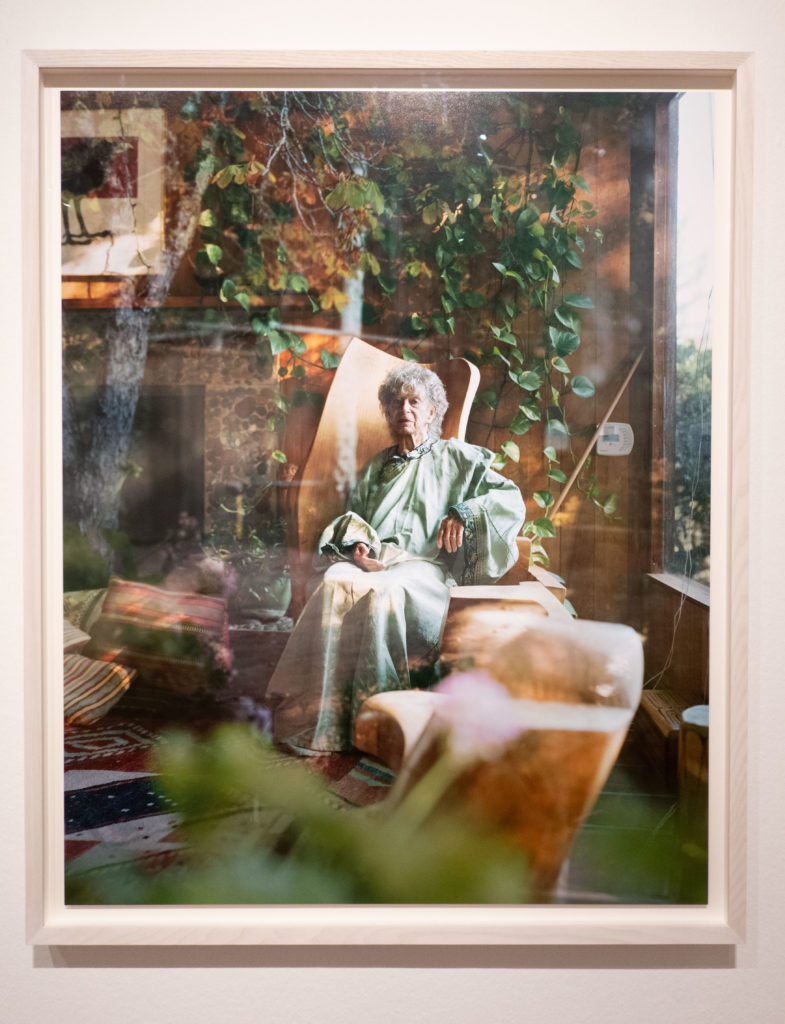
If you look closely, you will notice that Soth took the photo of Halprin sitting down through a window. The window lets light in while it simultaneously reflects it. The camera desires to capture the room Halprin is in, but it also covets to capture the outside exterior reflected on the window. It’s as though Soth layered himself onto the subject in the photo. I couldn’t help but think of what John Szarkowski said about the role of mirrors and windows in photography.
In 1978, MoMA opened a photography exhibition called Mirrors and Windows: American Photography Since 1960. The renowned curator, John Szarkowski, proposed that in photography, mirrors represent “a portrait of the artist who made it” while with windows, “one might better know the world” (John Szarkowski, 1978). He had the idea that it was possible to discern either quality in contemporary photography. Hoping to test his theory out, he separated around 200 works from 100 photographers into the mirror and window category. Not only was this exploration well-received as a groundbreaking perspective, but it’s also still used as one criterion for appreciating photography today, almost half a century after MoMA held the exhibition.
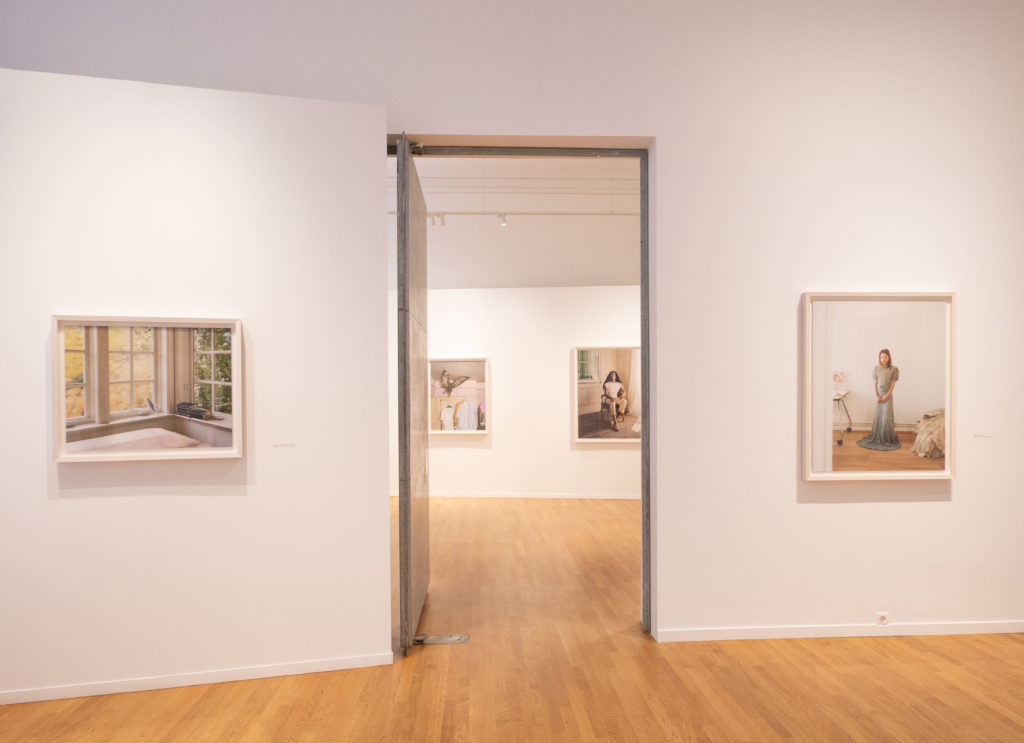
Which category does Soth’s idea of an ideal image belong to? Last winter, I corresponded with Soth on the topic of the late Masahisa Fukase. I broached the subject of mirrors and windows in photography then. He replied, “I find the work that I respond to most strongly is that which on first glance appears to look outward but in fact is looking inward. It’s like looking out a window at night and seeing as much of your refection as the world outside.”
Once you take another look at his portrait of Halprin, with his reply in mind, you’ll discover that his notion of “a window at night” holds up. Somehow, he’s created an image with both mirror and window qualities. Instead of separating him as the photographer and her as the subject, he fused those boundaries in that image. It reflects a shukaku mibun state of mind, which is a Buddhist term that points to “the state of undifferentiation of subject and object” (Fabio Rambelli, 2013).
In pursuit of closeness with the subject; from Sander to Hujar
It’s virtually impossible to decipher the community or location from his most recent collection of portraits. These photographs are unlike his previous ones, where each photo attracted one another as if by magnetic force, to form one coherent narrative. There is no story to be told here. Instead, what we see is the manifestation of Soth and the subject sharing their time. In other words, the images result from a close bond they created.
After the publication of Songbook in 2015, there was a hiatus period in which Soth stopped taking photos. Seeds of doubt sprouted in his mind as he realized photographers could manipulate images, depending on when they press the shutter button and how they showcase the outcome. Soth mentioned that there was an ethical issue in handling portraiture. However, he also felt conflicted because he felt that portrait photography was necessary for him to convey what he wanted to convey.
In 2017, after a year of not taking photos, he came across the opportunity to photograph and spend time with renowned dancer Anna Halprin at her home environment. Spending a lot of time shooting someone was a fresh experience for him and was sure to fuel him unprecedentedly. This event catalyzed him to photograph people once again. He wasn’t taking photos for a project or photo book this time around, as he aimed to spend quality time with each person in his portraits.
Each portrait is eponymously named, but Soth has omitted all their surnames. His intimate bond with each person is apparent here too.
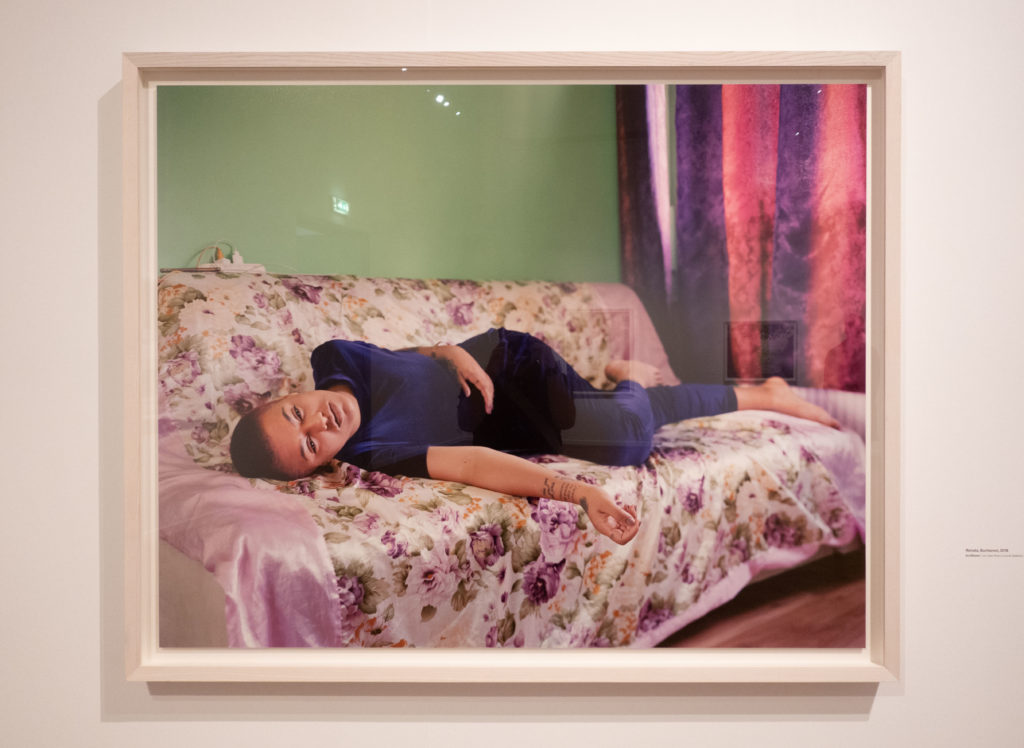
Upon thinking about the intimate relationship between the photographer and subject, the first person who comes to mind is Peter Hujar. He was an American photographer that took many portraits of downtown New York’s cultural scene in the 70s and 80s. Hujar sadly passed away in 1987 from AIDS-related pneumonia. Soth’s photos of people lying down remind me of cats that only show their belly to their owners, and they are also strongly reminiscent of Hujar’s portraits. It’s well known that Soth has brought up his name many times during interviews, and he took a photograph of photo critic Vince Aletti, who is also known for being photographed by Hujar. One could imagine how Soth chased after Hujar’s shadow.
Regarding his photos and photo series, Hujar didn’t tell a story that went beyond the photography themselves. As a result, this silence captured the closeness between him and his subjects in his images. Realizing something for the first time after removing excessive voices and white noise: isn’t that at the heart of the phrase, “I know how furiously your heart is beating?” Perhaps that’s why Soth stopped telling stories in his latest work.
Soth, in his present form, is going through a definitive transformation from Sander to Hujar. I can’t help but think his latest photography differs vastly from his past work thanks to the breakthrough he made from using Hujar’s work as his new foundation after hitting his limits with his Sander-like approach to photography.

A new interpretation brought about by the pandemic
The second floor of Foam, composed of 5 big and small spaces, is quite spacious. The 20 or so photographs are far apart from each other, and it’s as if the portraits themselves are windows. Visitors can observe a variety of intimate surroundings in Soth’s photographs with no time or distance limitations at the museum.
This concept of windows changed dramatically because of the pandemic this year. Worldwide, everyone is far apart from each other because of the spread of COVID-19, and the medium that is keeping people connected is the digital screen. If we were to consider that as a window, then it is one where we could look at the other person beyond the “window” without touching them. Further, everybody is figuring out if it’s possible to know how furiously the other person’s heart is beating through the screen.
■Alec Soth, I Know How Furiously Your Heart Is Beating
Exhibition period: September 11th to December 6th, 2020
Location: Foam Fotografiemuseum Amsterdam (the Netherlands)
Photography Tomo Kosuga
Translation Lena Grace Suda

